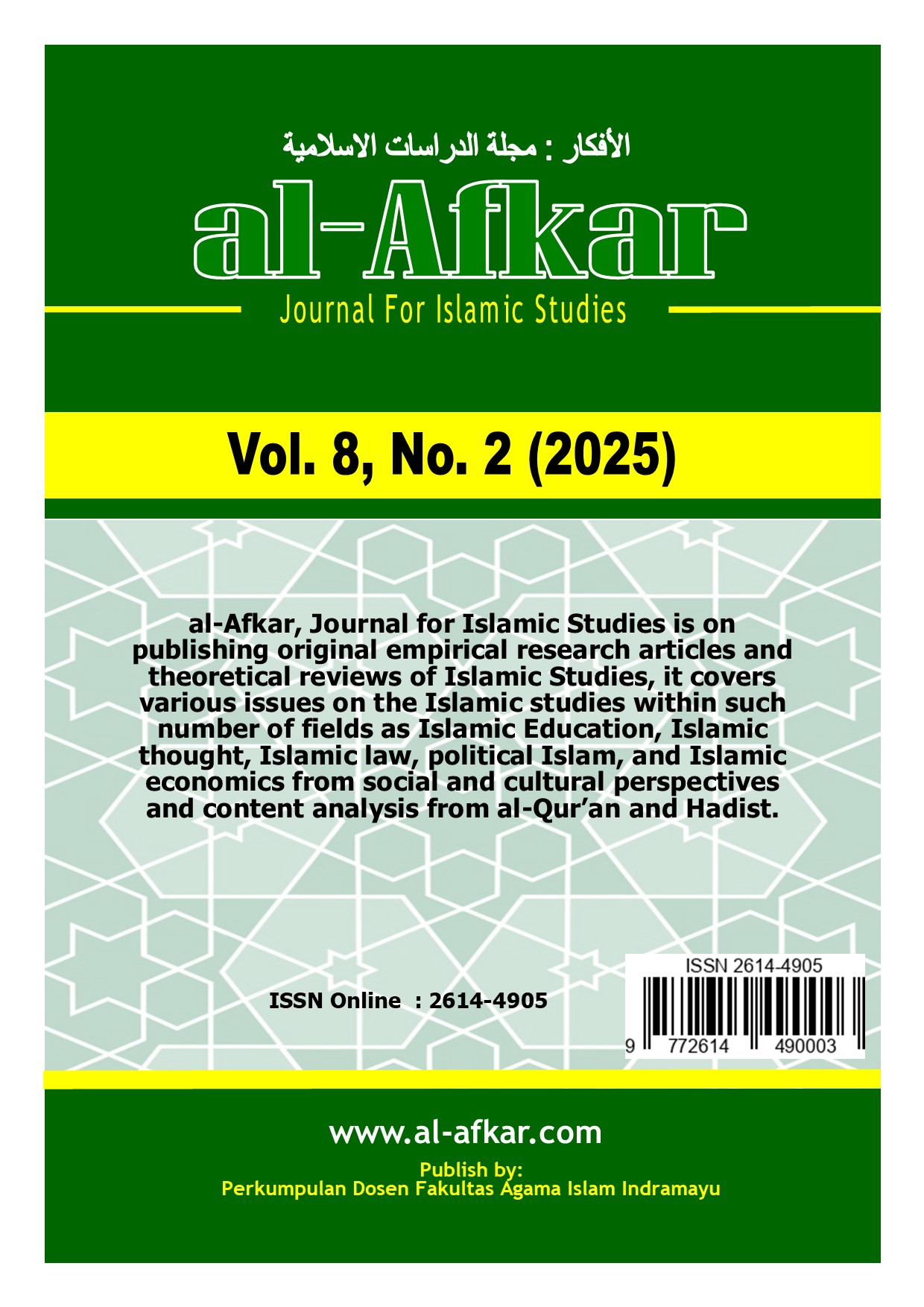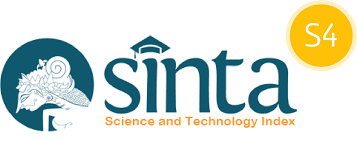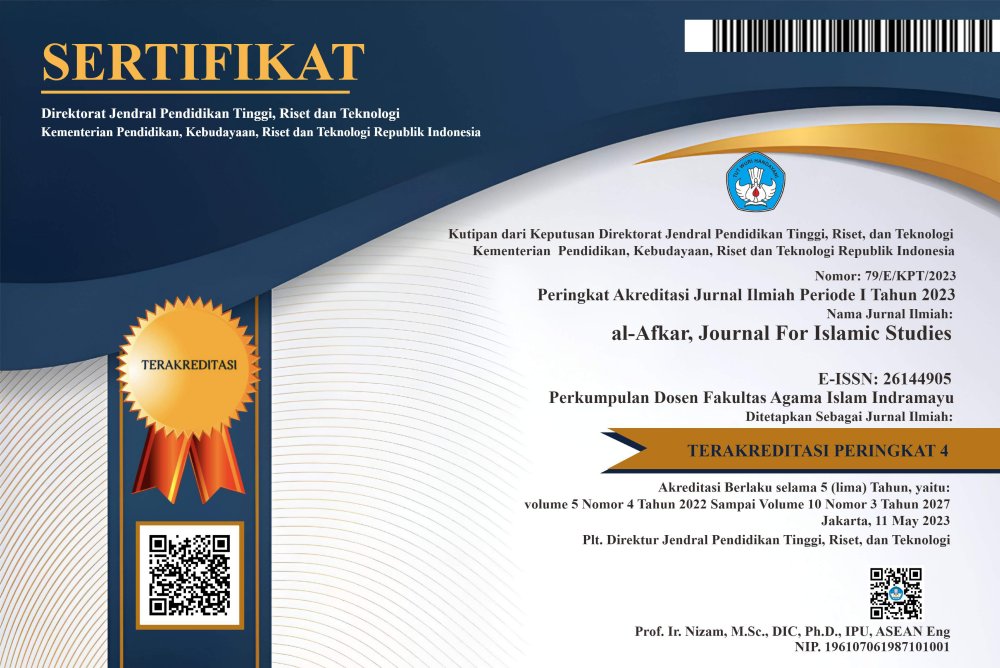The Islamic Reform Movement and the Renewal of the Inheritance System in Minangkabau
DOI:
https://doi.org/10.31943/afkarjournal.v8i2.1468Keywords:
Inheritance, Minangkabau, Reformism, TraditionalismAbstract
The acculturation of customs and Islam in Minangkabau did not emerge spontaneously, but rather resulted from a long debate between the Islamic reformist group and the traditionalist adat group.This research aims to examine the long history of debates between the reformist Padri movement and the traditionalist adat group, as well as between the Mudo and Tuo movements in the 19th and 20th centuries, and how these debates are related to the reform of inheritance laws in Minangkabau.The research method used in this study is the library method, which involves collecting, reading, and reviewing books and journals related to the discussion of this research using a historical approach.The results of this study found the historical debate between the reformist Padri faction and the traditionalist adat faction.The Padri and adat factions can unite to stop conflicts among brothers and reaffirm the agreement regarding the relationship between Minangkabau customs and Islamic law.In terms of inheritance, then the livelihood can be divided based on Islamic inheritance law.The Mudo movement questioned the act of bid'ah, initiated reforms in religious thought, and modernized the education, social, and political systems.In inheritance law, the opinion of Sheikh Abdullah Karim Amrullah as a young figure who distinguished between Islamic inheritance and customary inheritance was accepted by various circles.The Padri movement and the Young Minangkabau movement initially failed to achieve social integration within the Minangkabau community and caused division, but the policies of Tuanku Imam Bonjol and Syekh Abdullah Karim Amrullah later succeeded in achieving social integration within the Minangkabau community through the adaptation of customs and the alignment of goals, maintained through agreements and consensus on customs.
Downloads
References
Adya, Afandri. Minangkabau in a Nutshell. Yogyakarta: Bukunesia, 2022.
Armia, Muhammad Siddiq, ed. Wajah Antropologi dan Sosiologi Hukum Keluarga di Beberapa Daerah Indonesia. Cet-1. Banda Aceh: Lembaga Kajian Konstitusi Indonesia (LKKI), 2017.
Asnan, Gusti. 200 Tahun Perang Padri: Historiografi dan RE-Rekonstruksi Lanskap Baru Sejarah Minangkabau. Cet-1. Yogyakarta: Pojok Cerpen dan Tanda Baca, 2023.
Asyrofil, Farel, Daffa Bagus, and Nawal Rozieq. “Sistem Hukum Waris Adat Minangkabau.” Jurnal Hukum, Politik dan Ilmu Sosial (JHPIS) 2, no. 1 (March 2023): 94–102.
Awwali, Muchlis. Pelangi di Minangkabau. Lembaga Pengembangan Teknologi Informasi dan Komunikasi (LPTIK) Universitas Andalas, 2017.
Bachtiar Chamsah, Ismael Hassan, Syafnir Aboe Nain, Haedar Nashir, Gusti Asnan, Safroeddin Bahar, Ichwan Zahari, Mestika zed, and Taufik Abdullah. Gerakan Paderi: Pahlawan Dan Dendam Sejaah. Yogyakarta: Suara Muhammadiyah, 2022.
Bariqy, Adly Rifky, Alhusna Efendi, Suryani Ihsan, and Muhammad akbar rosyidi datmi. “Harta Pusaka Minangkabau dalam Presfektif Al-Quran (QS. An-Nisa: 11).” Innovative: Journal Of Social Science Research 3, no. 2 (2023).
Citrawan, Fitrah Akbar. “Konsep Kepemilikan Tanah Ulayat Masyarakat Adat Minangkabau.” Jurnal Hukum & Pembangunan 50, no. 3 (January 25, 2021): 586.
Hadler, Jeffrey Alan. Sengketa Tiada Putus: Matriarkat, Reformisme Agama, Dan Kolonialisme Di Minangkabau. Translated by Taufik Abdullah. Cetakan pertama. Jakarta: Freedom Press, 2010.
Hamka. Adat Minangkabau Menghadapi Revolusi. Cetakan pertama. Depok: Gema Insani, 2021.
Hasan, Ramli, Fauzi Ahmad, and Agus Salim. Tuanku Rao dan Rakyat Rao Melawan Penjajah. Cet-1. Yogyakarta: Suara Muhammadiyah, 2009.
Indrawati, Nadia Nur. “Peran Syekh Ahmad Khatib Al-Minangkabawi (1860-1916 M) dalam Islamisasi Nusantara.” Tamaddun 4, no. 1 (2016): 177–200.
Iskandar, Nuzul. “Kompromi Hukum Islam dan Adat Dalam Kewarisan Pusaka Tinggi di Minangkabau.” Jisrah: Jurnal Integrasi Ilmu Syariah 3, no. 3 (December 31, 2022): 483–495.
Marjohan. Adat Basandi Syarak Syarak Basandi Kitabullah: Pergulatan Antara Historis Regulasi dan Implementasi. Cet-1. Yogyakarta: Suara Muhammadiyah, 2009.
Moh. Ahsin. “Studi Pemikiran Syekh Ahmad Khatȋb Al-Minangkabawi Tentang Pembagian Harta Warisan di Minangkabau dalam Kitab Al-Da’i Al-Masmu’.” Magister Tesis, Universitas Islam Negeri Syarif Hidayatullah Jakarta, 2020.
Nofrianti, Mami, and Jamal Mirdad. “Wacana Religio-Intelektual Abad 20: Dinamika Gerakan Kaum Tuo dan Kaum Mudo di Minangkabau.” Khazanah: Jurnal Sejarah dan Kebudayaan Islam 8, no. 16 (December 20, 2018): 43–54.
Turama, Akhmad Rizqi. “Formulasi Teori Fungsionalisme Struktural Talcott Parsons.” Journal Eufoni 2, no. 2 (2018): 58–69.
“Akulturasi Hukum Kewarisan Islam dengan Hukum Kewarisan Adat Minangkabau.” Alhurriyah : Jurnal Hukum Islam 2, no. 1 (2017): 57–68.
Downloads
Published
How to Cite
Issue
Section
License
Copyright (c) 2025 Fahrul Razi, Lalu Muhammad Nurul Wathoni, Ihsan Azhari, Nadia Rezky, Muhammad Maghfurrohman

This work is licensed under a Creative Commons Attribution 4.0 International License.



















